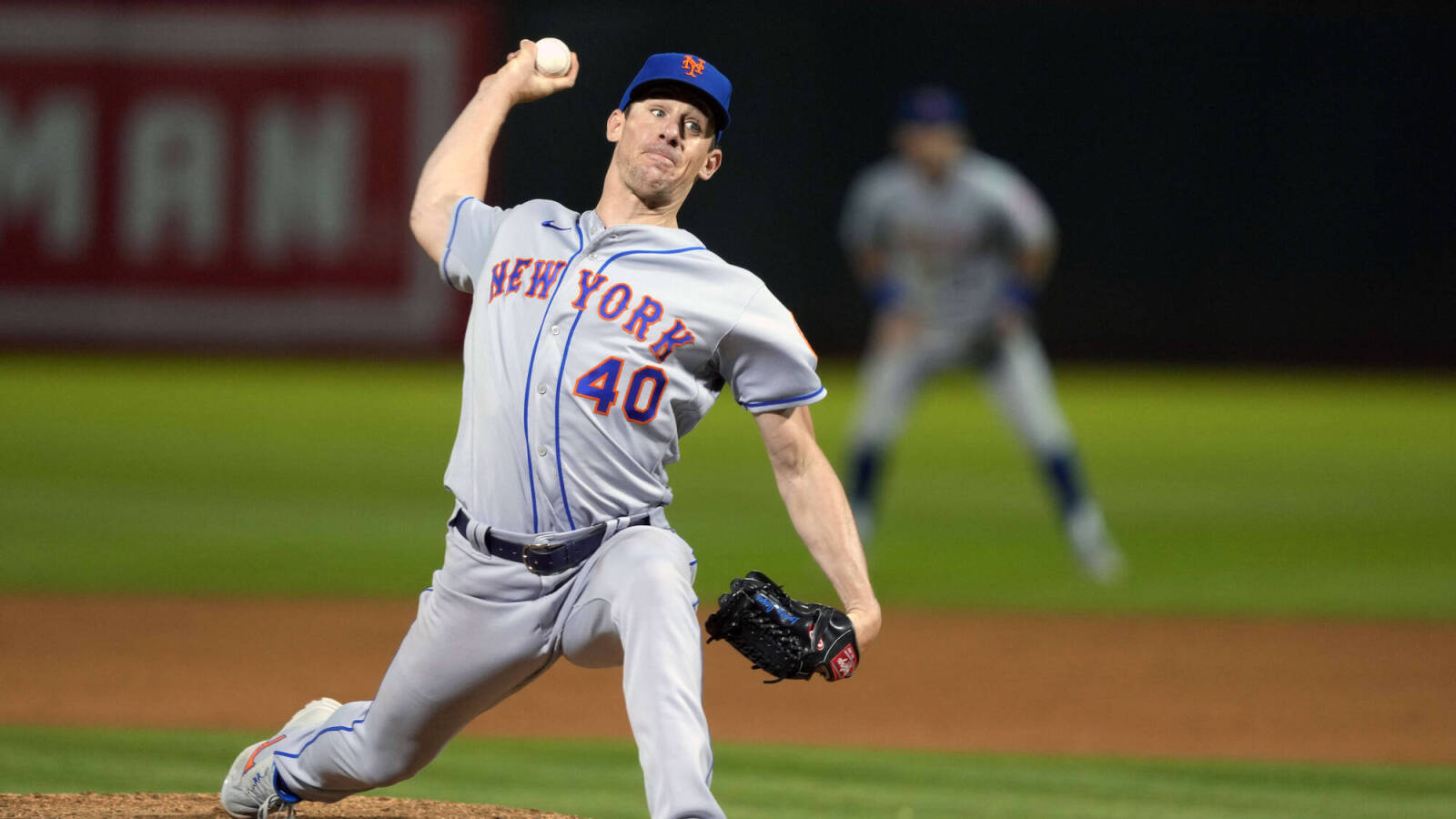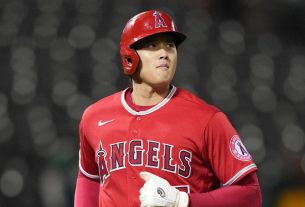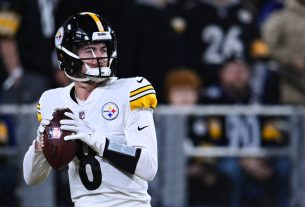In adding Bassitt, the Jays have fortified a rotation that saw Ross Stripling reach free agency, lost Hyun Jin Ryu to Tommy John surgery early in the summer, and experienced substantial struggles from righty Jose Berrios and lefty Yusei Kikuchi. The ultra-consistent Bassitt will step into the mix behind third-place Cy Young finisher Alek Manoah and ninth-place finisher Kevin Gausman, with Berrios and Kikuchi likely to follow.
Bassitt, 34 in February, is a late-bloomer who didn’t establish himself as a consistent big league rotation piece until his age-29 season — partly due to Tommy John surgery wiping out the bulk of his 2016 season and all of his 2017 campaign. However, since a 2019 breakout with the A’s, he’s been among the sport’s most effective arms. In that time, Bassitt carries a sharp 3.31 ERA with a strong 23.1% strikeout rate, a tidy 6.7% walk rate and a 44.3% walk rate that’s a bit better than average.
Though Bassitt’s results have been excellent, he hasn’t quite yet established himself as a 30-start workhorse, although that’s not necessarily through any fault of his own. He missed the first few weeks of the 2019 season due to a leg contusion he suffered late in a spring training game but came back to make 28 appearances (25 starts) of 3.81 ERA ball. In 2020, he made 11 starts and tallied 63 innings during the pandemic-shortened 60-game schedule.
Bassitt looked well on his way to a career-best season in 2021, but Bassitt’s season was interrupted by one of the most frightening scenes in recent baseball memory when he took a 100 mph line drive off his face. The right-hander immediately dropped into a heap on the mound and had to be carted off the field with a towel covering his face. While there was originally some concern of long-term vision problems, Bassitt incredibly escaped with “only” fractures in his cheekbone and jawbone, with no further damage being revealed on a subsequent CT scan. Bassitt not only avoided a worst-case scenario but returned from surgery just six weeks later and pitched 6 1/3 innings of one-run ball across two appearances to close out the season.
Traded to the Mets following the 2021 season — Oakland acquired righties J.T. Ginn and Adam Oller in the deal — Bassitt made a career-high 30 starts and reached a career-high 181 2/3 innings. Bassitt averaged better than six innings per start, turned in a career-best 48.8% ground-ball rate and recorded a 3.42 ERA with fielding-independent marks to match in what’ll now likely be his lone season in Queens.
The Mets made Bassitt a $19.65MM qualifying offer, which he unsurprisingly rejected, recognizing the opportunity for just this type of lucrative multi-year deal. By signing him to this contract, lands right in line with the three-year, $60MM predicted by MLBTR at the outset of the offseason, the Blue Jays will be required to forfeit their second-highest pick in next summer’s draft. They’ll also see the cap on their international bonus pool for amateur free agents reduced by $500K.
That’s all of minimal concern to the Blue Jays, who are clearly in win-now mode as they look to keep pace in one of the game’s most competitive divisions. Adding Bassitt is a large step toward that end — one that ostensibly aligns with a push to improve the team’s run-prevention, perhaps at the expense of some offensive thunder.
Toronto kicked off its winter by trading its final year of club control over Teoscar Hernandez to the Mariners — a deal that netted them an under-the-radar but high-end reliever, Erik Swanson, and a fairly well-regarded pitching prospect, Adam Macko. The Jays remained largely quiet in the weeks to come, but just this weekend struck a deal with longtime Rays center fielder Kevin Kiermaier — one of the premier defensive players in the sport (when healthy). Of course, staying on the field has been difficult for the oft-injured Kiermaier and the devil-may-care approach to defense in center; he’s currently on the mend from season-ending hip surgery.
While the financial specifics of Kiermaier’s contract have yet to come to light, the sequence of moves will surely bring the Jays up to a franchise-record payroll. Bassitt alone brings their projected payroll a bit north of $200MM — already a club record — and Roster Resource projects their luxury-tax ledger to check in a bit north of $225MM. It’s possible that Kiermaier alone will push them to the $233MM first tier of luxury penalization, which would mark the first time the Blue Jays have crossed that barrier.
Of course, the entire picture will still change — at least to some extent. Toronto is also in the market for a left-handed bat to add to its lineup, and the Jays’ front office has reportedly been willing to listen to trade offers on its trio of MLB-caliber catchers: Danny Jansen, Alejandro Kirk and Gabriel Moreno. Free agents Michael Brantley and Michael Conforto are among the most obvious fits, but the Jays could also ship one-third of that catching triumvirate out as part of a deal to acquire a younger left-handed bat and/or additional reinforcements to a bullpen that could still benefit from an arm or two.
However the remainder of the offseason plays out, Bassitt’s addition to a pair of righties who generated some Cy Young love in 2022 should give the Jays a formidable rotation, even if none of Berrios, Kikuchi or sixth starter/swingman Mitch White bound back in 2023. That said, the 2022 season was a wildly uncharacteristic one for Berrios, who in many ways paralleled Bassitt in terms of consistent, year-to-year results prior to his first full campaign in Toronto. If any of Bassitt, Kikuchi or White can turn in a strong showing this coming season, Toronto’s rotation could very well rank among the best and deepest in Major League Baseball.



